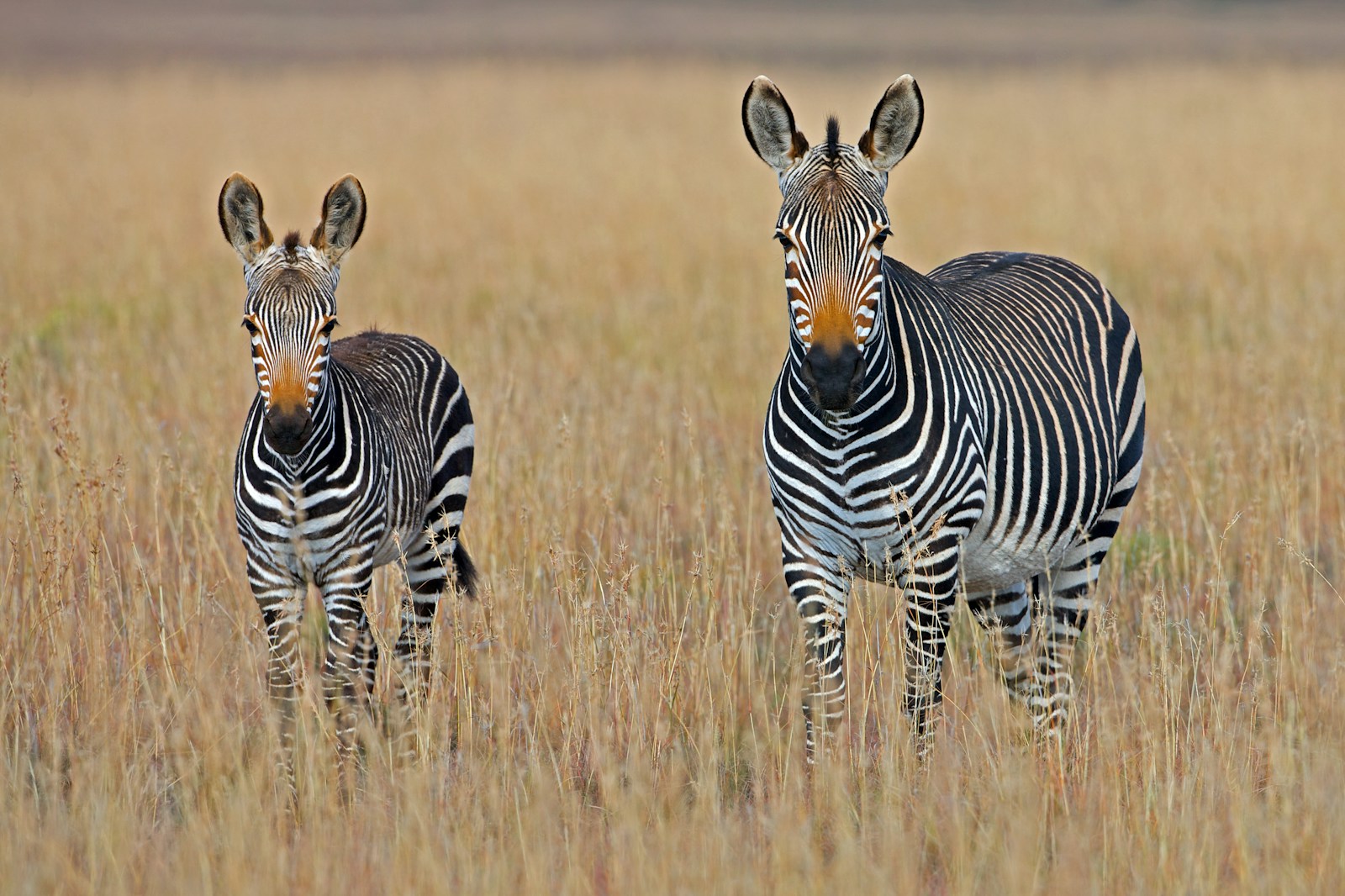Wildlife encounters can be thrilling and memorable experiences that connect us with nature in profound ways. However, these interactions come with responsibilities and risks that every outdoor enthusiast should understand. Wild animals, regardless of species, have complex communication systems and behavioral patterns that signal their comfort levels and intentions. Recognizing signs of aggression in wildlife isn’t just fascinating—it’s potentially life-saving knowledge. Whether you’re hiking in bear country, camping in areas with mountain lions, or simply enjoying your local park where coyotes might roam, understanding how to read animal behavior can help you avoid dangerous confrontations and promote peaceful coexistence with our wild neighbors.
Understanding the Importance of Wildlife Body Language

Animals communicate primarily through body language, using a sophisticated system of postures, movements, and expressions to convey their emotional states and intentions. Unlike humans who rely heavily on verbal communication, wildlife depends on these physical signals as their primary language. Learning to interpret these signals correctly can help you determine whether an animal is merely curious, defending territory, protecting young, or preparing for an aggressive encounter. This knowledge creates a critical buffer zone of safety, allowing you to respond appropriately before a situation escalates. Remember that most wild animals prefer to avoid confrontation with humans and will typically display warning signs before resorting to aggressive behavior.
Common Universal Signs of Wildlife Aggression

Across different species, certain behavioral patterns consistently indicate aggression or discomfort. Direct, intense staring is often one of the first warning signs, as many predators lock eyes with potential threats before attacking. Teeth-baring, growling, hissing, or other vocalization changes typically signal escalating agitation and function as clear warnings. Physical posturing such as raised fur (piloerection), stiffened body posture, and raised tails or crests serve to make the animal appear larger and more intimidating. Repetitive movements like pawing the ground, head-bobbing, or pacing back and forth often indicate an animal working up to a potential confrontation. Understanding these universal signals provides a foundation for recognizing aggression across various species you might encounter.
Bear Aggression: Identifying Threatening Behavior

Bears exhibit several distinct behaviors when feeling threatened or preparing for a potential attack. A standing bear isn’t necessarily aggressive—they often stand to get a better view or smell of their surroundings. However, watch for side-to-side head swaying, teeth clacking, huffing sounds, or forceful ground slapping with their paws, which indicate significant agitation. Bluff charges, where a bear rushes forward but stops short, serve as serious warnings that you’ve crossed into their comfort zone. Look for flattened ears, a lowered head with raised hackles, and intense focused attention as signs of imminent aggression. With black bears, aggressive encounters often involve less warning, while grizzlies typically display more obvious threat displays before attacking.
Mountain Lion Warning Signs
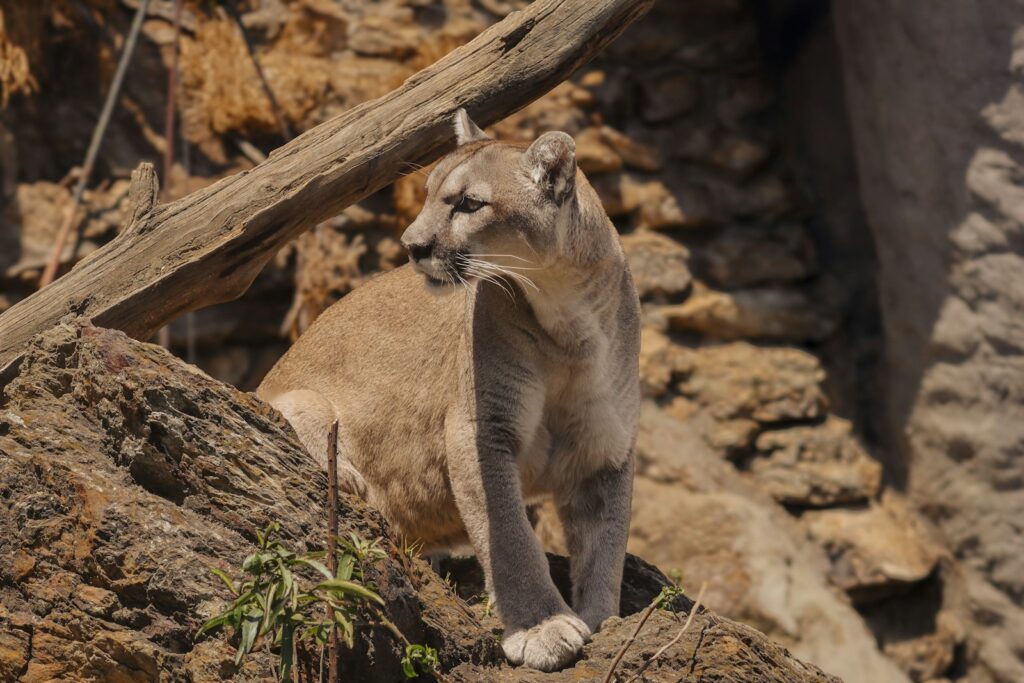
Mountain lions (also known as cougars or pumas) are stealthy predators that rarely reveal themselves to humans, making their aggression signals particularly important to recognize when they do appear. Intense staring with ears pointed forward shows focused attention that may precede stalking behavior. Crouching with the rear end elevated and tail twitching indicates a hunting posture similar to house cats, but far more dangerous. Vocalizations including growls, hisses, or the distinctive scream-like calls signal extreme agitation or territorial defense. If you notice flattened ears, bared teeth, or repeated tail lashing combined with a stiff, lowered body posture, the mountain lion is displaying severe threat signals and may be preparing to attack.
Wolf and Coyote Aggression Indicators
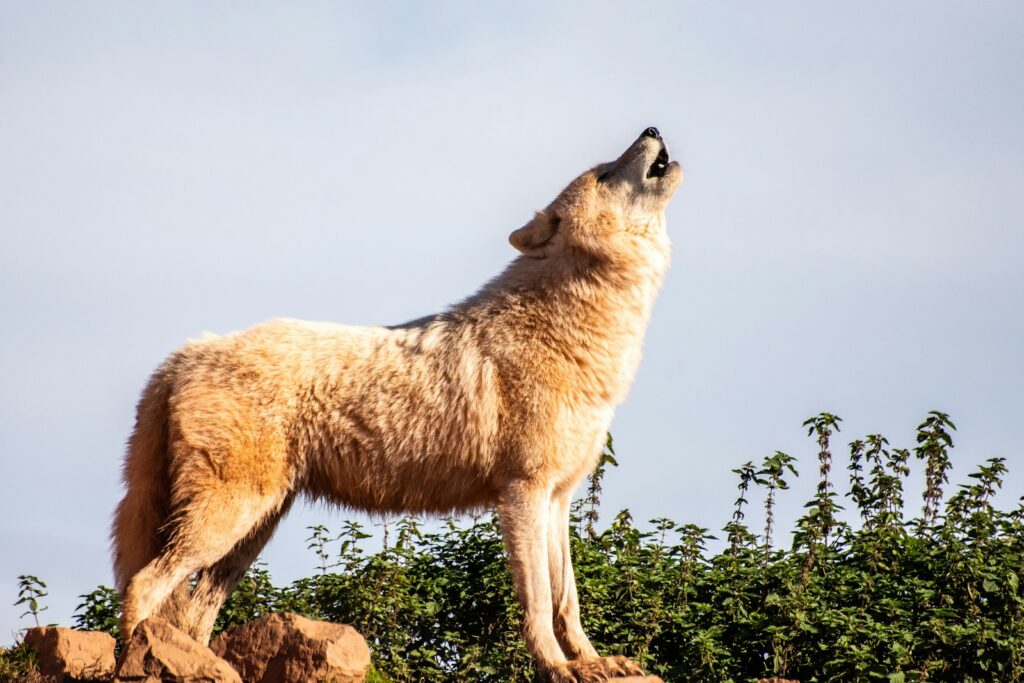
Canids like wolves and coyotes communicate their aggressive intentions through a gradual escalation of behaviors that careful observers can detect. Raised hackles along the neck and back, combined with a stiff-legged stance, indicate a defensive but potentially aggressive posture. Direct staring with ears forward and tail held horizontally or slightly raised represents focused attention that may precede an aggressive approach. Bared teeth, curled lips, and growling vocalizations clearly communicate heightened threat levels. Pack animals may display coordinated movements, attempting to circle behind you, which indicates hunting behavior rather than mere curiosity or territorial defense. Unlike many wildlife encounters where standing your ground is advised, with wolf packs showing predatory interest, slowly backing away while maintaining awareness is often the safest response.
Recognizing Aggression in Ungulates: Deer, Elk, and Moose
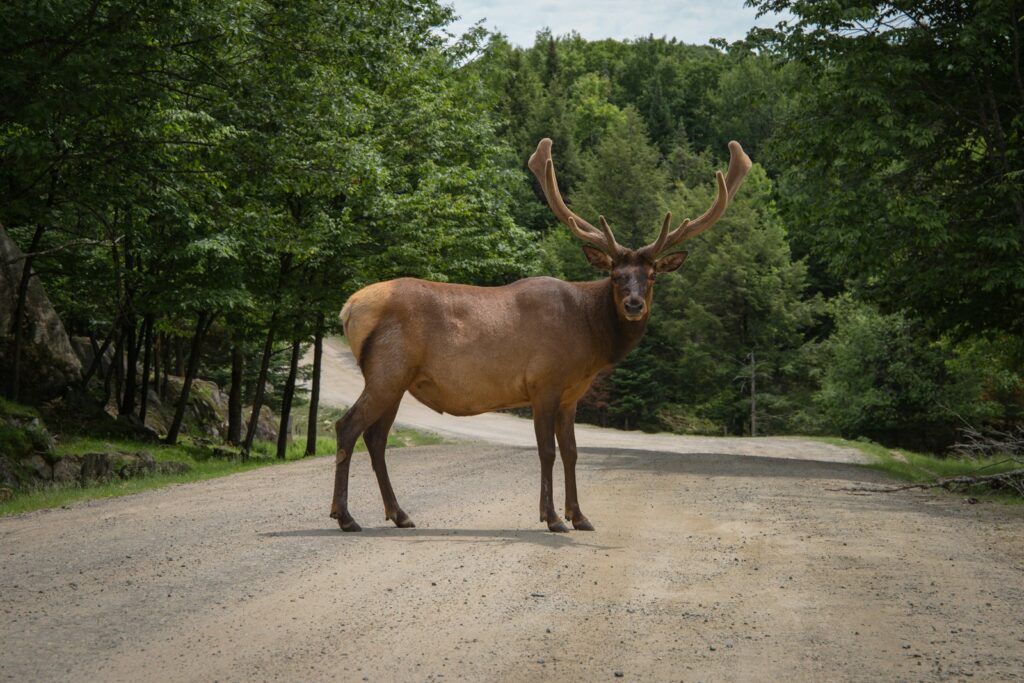
Many people underestimate the potential danger from hoofed mammals, yet these powerful animals cause numerous injuries annually. Watch for stomping hooves, snorting, or head shaking, which indicate irritation that could escalate. During rutting season, males become particularly dangerous, displaying behaviors like antler thrashing against vegetation, parallel walking (measuring up a competitor), and bluff charges. Flattened ears, lowered head, and raised hair along the neck or spine signal imminent aggression. With moose particularly, a direct approach toward humans often indicates an impending charge rather than mere curiosity, and these massive animals can move with surprising speed despite their bulky appearance.
Snake and Reptile Warning Signals

Reptiles communicate aggression through distinctive postures and movements that differ significantly from mammalian patterns. Venomous snakes often coil tightly with raised heads, creating an S-shaped neck curve that enables them to strike efficiently. Rattlesnakes provide the obvious warning of tail rattling, while other species may hiss loudly, flatten their heads, or puff up their bodies to appear larger and more intimidating. Alligators and crocodilians may perform threat displays including open-mouth posturing (gaping), hissing, and body inflation, sometimes accompanied by deep vocalizations. Many reptiles will attempt to retreat when given space and only become aggressive when cornered or provoked, making it essential to maintain proper distance when spotting these warning behaviors.
The Context of Wildlife Aggression: Seasonal Factors

Wildlife behavior changes dramatically with seasonal cycles, creating periods of heightened aggression risk that outdoor enthusiasts should recognize. Spring brings protective parental behavior as many species give birth and vigilantly defend their young from potential threats, including humans who may unknowingly approach. Summer food scarcity in some regions can make predators more desperate and willing to take risks around humans they would normally avoid. Fall rutting and mating seasons transform normally docile ungulates like deer and elk into territorial competitors focused on breeding rights. Winter food scarcity again increases desperation, particularly for predators and omnivores like bears that haven’t secured adequate pre-hibernation resources. Understanding these seasonal patterns helps predict when certain species might display more aggressive tendencies and allows for appropriate precautions.
Territorial Defense vs. Predatory Behavior
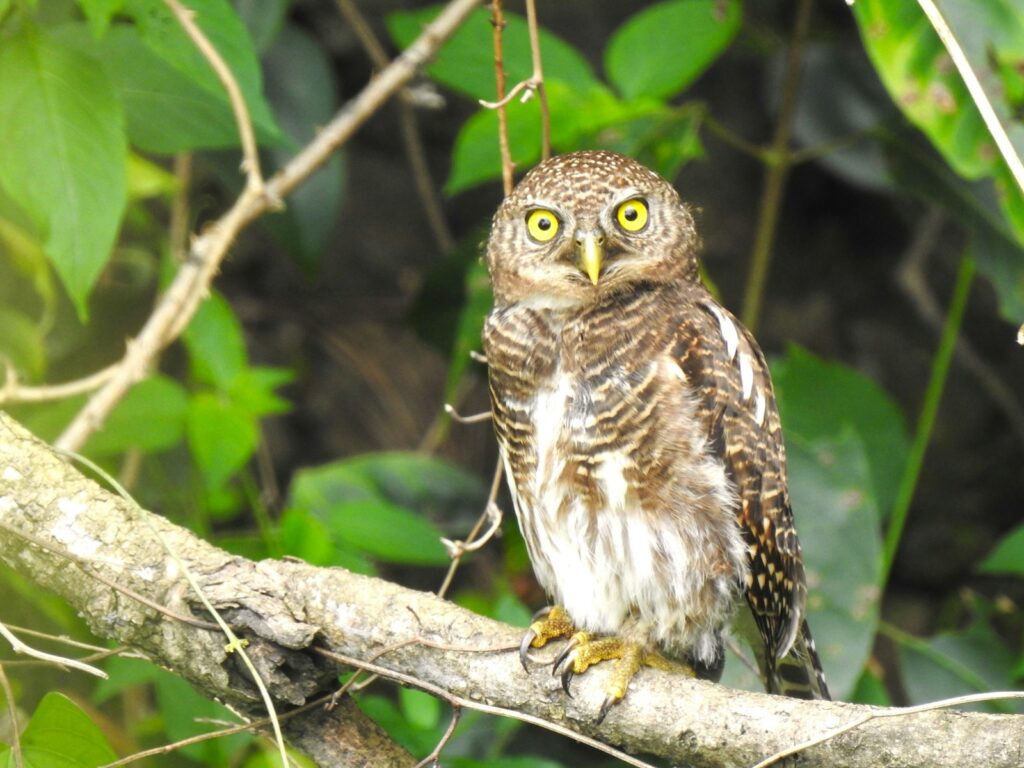
Distinguishing between territorial aggression and predatory interest is crucial as these different motivations require different human responses. Territorial aggression typically involves warning displays, noise, and intimidation behaviors designed to drive you away rather than to harm you directly. This type of aggression often allows for backing away slowly while facing the animal, maintaining eye contact, and speaking calmly. Predatory behavior, by contrast, involves stalking, stealth, and focused attention without warning displays—the animal views you as potential prey rather than just an intruder. Predatory interest requires more assertive responses including making yourself appear larger, making loud noises, and demonstrating that you would be a difficult, dangerous target rather than easy prey. Correctly interpreting these different aggressive motivations could determine your appropriate response strategy.
Warning Signs from Distance: Environmental Clues
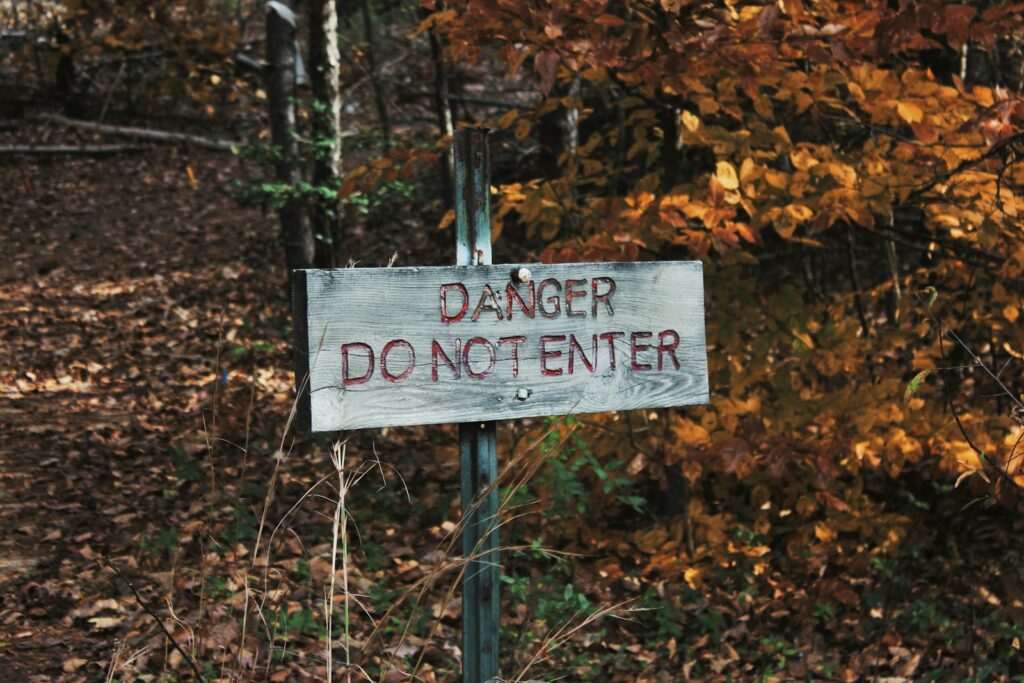
Before you even see wildlife, the environment often provides subtle indicators of potential aggressive encounters. Fresh tracks showing distinct claw marks (particularly with bears) can indicate an agitated animal passed through recently. Torn-up ground, disturbed vegetation, or scattered debris might signal feeding activity you shouldn’t interrupt. Listen for alarm calls from birds and small mammals, which often serve as nature’s early warning system when predators or agitated large animals are nearby. Strong musky odors, especially during mating seasons, can indicate territorial marking by species like bears or ungulates in heightened aggressive states. Learning to read these landscape clues helps you practice proactive avoidance rather than reactive response when encountering potentially aggressive wildlife.
How Human Behaviors Can Trigger Aggression

Many wildlife confrontations result from human actions that animals perceive as threatening, even when no harm was intended. Direct eye contact registers as a challenge or threat display to many species, triggering defensive responses. Approaching wildlife head-on mimics predatory behavior patterns, while a diagonal or tangential approach appears less threatening. Quick, sudden movements startle animals and may trigger fight-or-flight responses leaning toward “fight” if the animal feels cornered. Loud voices, especially high-pitched sounds resembling distress calls, can agitate predators or trigger hunting responses. Understanding how our own behaviors might be misinterpreted by wildlife allows us to modify our actions to minimize perceived threats and reduce the likelihood of triggering aggressive responses.
Responding to Signs of Aggression Appropriately
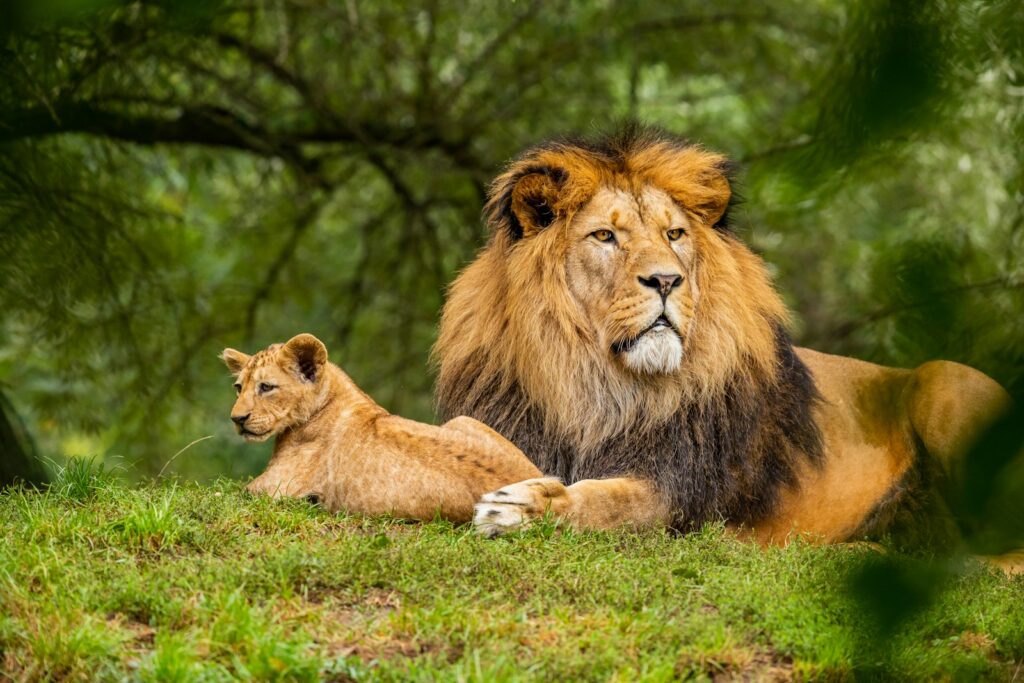
When you recognize aggression signals, your response should be species-appropriate and measured to de-escalate the situation. With most large predators, maintain eye contact, speak in a calm, firm voice, and slowly back away while making yourself appear larger by raising arms or opening a jacket. Never run from predatory animals as this triggers chase instincts—instead, stand your ground if charged, and in extreme cases with some species like mountain lions, fight back aggressively if attacked. With ungulates like moose or elk, create barriers between yourself and the animal using trees or rocks while giving them ample space to move away. For venomous snakes, simply step back slowly and allow at least double the striking distance (typically more than six feet). Remember that different species require different responses, so knowing the specific appropriate reaction for wildlife in your region is essential preparation for outdoor activities.
Technology and Tools for Wildlife Safety

Modern technology offers valuable tools that enhance safety during wildlife encounters and help prevent aggressive confrontations. Bear spray, when carried properly and used correctly, has proven highly effective at deterring charging bears and other large predators without causing permanent harm. Wildlife deterrent air horns can startle animals from a distance, potentially preventing closer encounters where aggression might escalate. Motion-activated alarms for campsite perimeters alert you to approaching wildlife before surprise encounters occur. Educational apps with wildlife behavior guides and species-specific response protocols provide region-relevant information directly on your mobile device, though these should be studied before rather than during encounters. While these tools significantly improve safety, they complement rather than replace the fundamental skill of recognizing and responding to wildlife body language.
Conclusion
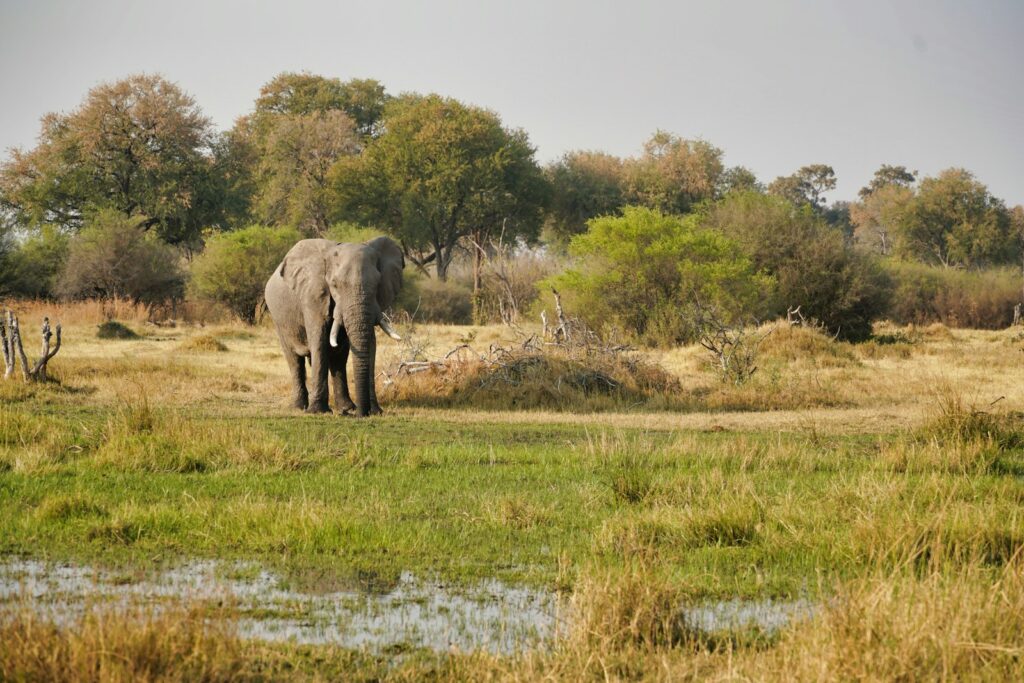
Wildlife encounters represent some of nature’s most awe-inspiring moments, but they require knowledge, preparation, and respect. By learning to recognize the subtle and obvious signs of wildlife aggression, you transform potentially dangerous situations into manageable encounters. Remember that most wild animals prefer avoiding confrontation with humans and only display aggression when they feel threatened, cornered, or when protecting vital resources or young. The skills outlined in this guide serve the dual purpose of keeping you safe while also respecting the needs and natural behaviors of the animals with whom we share our natural spaces. With practice and awareness, you can enjoy wildlife observation while maintaining the appropriate boundaries that keep both you and our wild neighbors safe from harmful interactions.

